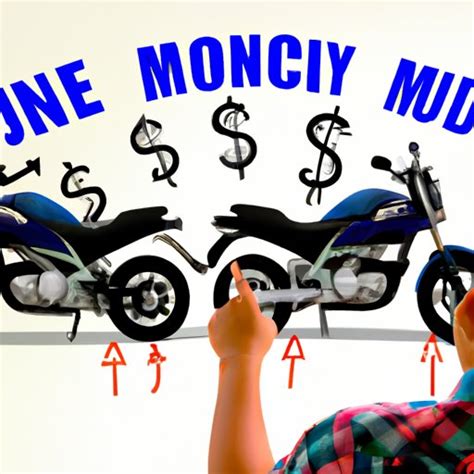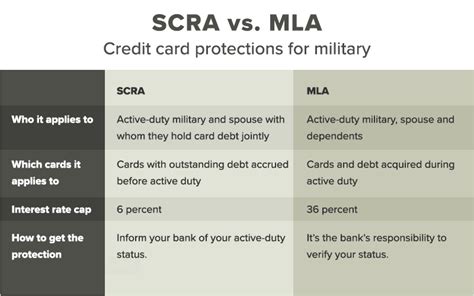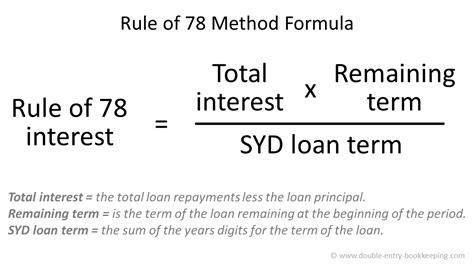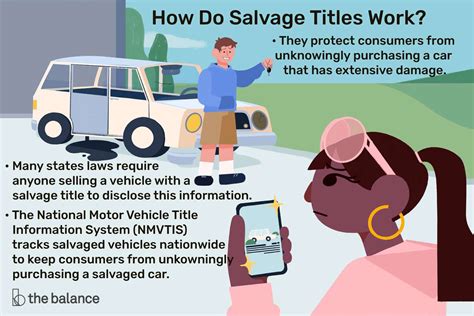Title: Motorcycle Financing Risks: Why Interest Rates Are 20% Higher Than Auto Loans
Introduction:

Motorcycle financing has always been a topic of interest for enthusiasts and potential buyers alike. One of the most significant aspects of financing a motorcycle is the interest rate. It’s no secret that motorcycle financing rates are often higher than those for auto loans. This article delves into the reasons behind this discrepancy and highlights the risks involved in motorcycle financing.
1. Higher Risk for Lenders:
Motorcycles are considered high-risk investments by lenders compared to cars. This is due to several factors:
a. Lower resale value: Motorcycles tend to depreciate at a faster rate than cars. As a result, their value decreases significantly over time, which can pose a risk for lenders in the event of a default.
b. Higher accident rates: According to the National Highway Traffic Safety Administration (NHTSA), motorcyclists are 28 times more likely to die in a crash than passenger vehicle occupants. This higher risk of accidents makes motorcycles a more substantial liability for lenders.
c. Smaller market: The motorcycle market is much smaller than the automotive market. This limited market can lead to a higher demand for financing, pushing up interest rates.
2. Insurance Costs:
Insurance for motorcycles is generally more expensive than for cars. This is due to the factors mentioned above, such as higher accident rates and lower resale values. Lenders often require borrowers to maintain comprehensive insurance coverage, which adds to the overall cost of financing.
3. Maintenance and Repair Costs:
Motorcycles require regular maintenance and can incur significant repair costs. These costs can be unpredictable and can impact the borrower’s ability to repay the loan. Lenders may factor this into their risk assessment, leading to higher interest rates.
4. Limited Financing Options:
Motorcycle financing options are more limited compared to auto loans. Many traditional banks and credit unions do not offer motorcycle financing, and those that do may have stricter requirements and higher interest rates. This limited availability can contribute to the higher rates.
5. Interest Rate Premiums:
In addition to the risks mentioned above, lenders often add a premium to the interest rate for motorcycle financing. This premium is intended to compensate for the higher risk associated with motorcycles.
Conclusion:
Motorcycle financing rates are 20% higher than auto loans due to the higher risk involved for lenders. This discrepancy is attributed to factors such as depreciation, accident rates, insurance costs, maintenance and repair expenses, and limited financing options. As an enthusiast or potential buyer, it’s crucial to understand these risks and shop around for the best financing deals to ensure a smooth and affordable purchase experience.



